The man in the red beret
The lute player
Oil on canvas
England 19th century
Dim: 24 x 34 cm
Dim with frame: 49 x 59 cm
In the 17th century, tavern scenes held a prominent place in genre painting, especially within Flemish and Dutch schools. These works provide a lively and realistic glimpse into everyday life, moving away from historical or religious subjects to focus on popular social moments.
With the rise of the urban middle class in the Netherlands and Flanders, taverns and inns became central gathering places. These spaces, both festive and ambivalent, were depicted as scenes of socializing where celebration and camaraderie mixed with excesses and sometimes morally questionable behavior.
Among the leading artists in this genre, David Teniers the Younger stands out for his lively compositions filled with expressive characters. He skillfully captures moments of simple joy or comic disorder while often embedding a subtle moral message about the excesses of popular life. His predecessor, Adriaen Brouwer, offers a darker, more raw vision, highlighting vulgarity and human flaws with direct realism. In Dutch painting, artists like Jan Steen used these scenes to reflect human behavior, often with humor and satirical intent.
These paintings are characterized by dynamic compositions and great attention to detail: facial expressions, gestures, clothing, and everyday objects. Soft, diffuse lighting helps create an intimate and vibrant atmosphere.
Beyond their entertaining aspect, these works also had a didactic role, sometimes serving as warnings against excess and deviant behavior. They reveal an interest in popular life, giving visibility to modest social classes often absent from grander artistic genres.
David Teniers the Younger (1610–1690) was a leading Flemish Baroque painter renowned for his lively genre scenes depicting peasant life, tavern gatherings, and village festivities. Born in Antwerp into an artistic family—his father was David Teniers the Elder—he trained under his father and was influenced by the realist painter Adriaen Brouwer.
In 1632, he became a master of the Antwerp Guild of Saint Luke. His 1637 marriage to Anna Brueghel, daughter of Jan Brueghel the Elder, connected him to one of the most important artistic families of the time.
Teniers specialized in detailed and often humorous scenes of everyday life, marked by a clear, luminous style. In 1647, he was appointed court painter to Archduke Leopold Wilhelm of Austria, serving also as curator of the archduke’s celebrated art collection. He produced numerous copies of Italian masterpieces and compiled the Theatrum Pictorium (1660), considered the first illustrated catalog of an art collection.
His work attracted commissions from European nobility, including Queen Christina of Sweden and King Philip IV of Spain. In 1663, he helped found the Antwerp Academy of Fine Arts, reflecting his dedication to artistic education.
David Teniers the Younger’s legacy endures through his influential body of work and his son, David Teniers III. His paintings remain key examples of 17th-century Flemish life and genre painting, preserved in major museums worldwide.
David Teniers the Younger (1610–1690) was a leading Flemish Baroque painter renowned for his lively genre scenes depicting peasant life, tavern gatherings, and village festivities. Born in Antwerp into an artistic family—his father was David Teniers the Elder—he trained under his father and was influenced by the realist painter Adriaen Brouwer.
In 1632, he became a master of the Antwerp Guild of Saint Luke. His 1637 marriage to Anna Brueghel, daughter of Jan Brueghel the Elder, connected him to one of the most important artistic families of the time.
Teniers specialized in detailed and often humorous scenes of everyday life, marked by a clear, luminous style. In 1647, he was appointed court painter to Archduke Leopold Wilhelm of Austria, serving also as curator of the archduke’s celebrated art collection. He produced numerous copies of Italian masterpieces and compiled the Theatrum Pictorium (1660), considered the first illustrated catalog of an art collection.
His work attracted commissions from European nobility, including Queen Christina of Sweden and King Philip IV of Spain. In 1663, he helped found the Antwerp Academy of Fine Arts, reflecting his dedication to artistic education.
David Teniers the Younger’s legacy endures through his influential body of work and his son, David Teniers III. His paintings remain key examples of 17th-century Flemish life and genre painting, preserved in major museums worldwide.






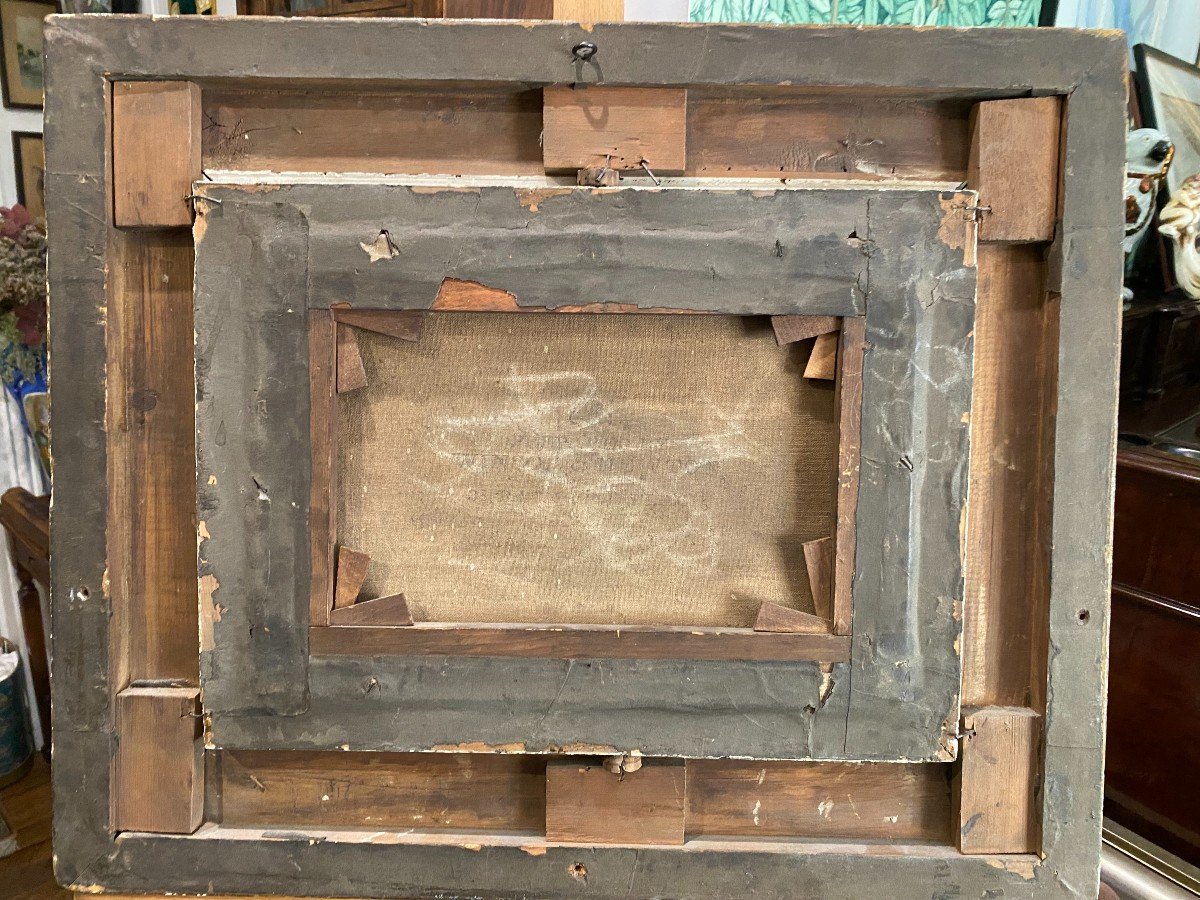
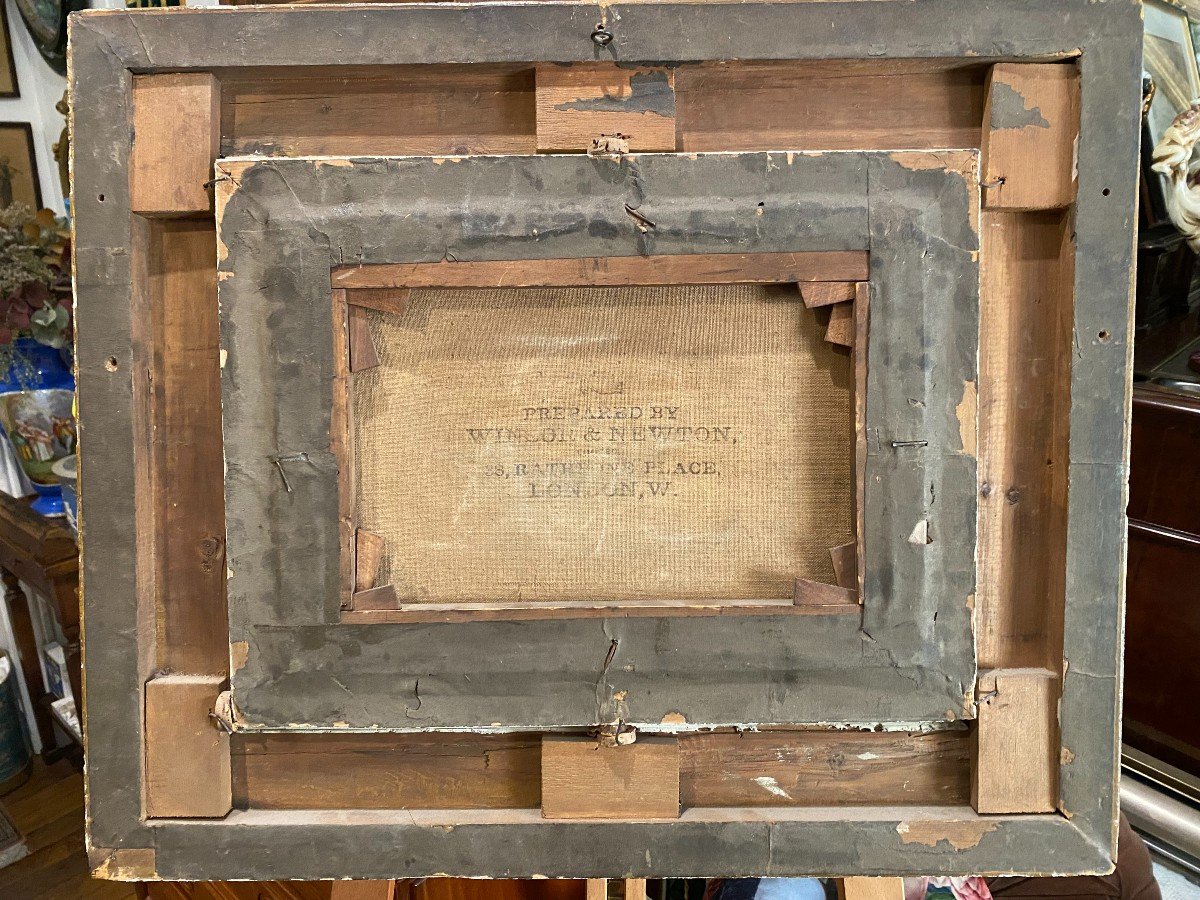











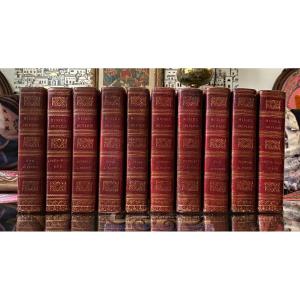
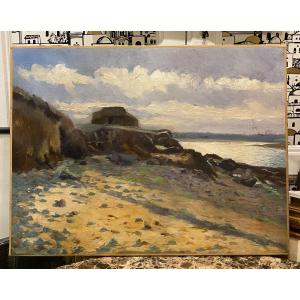
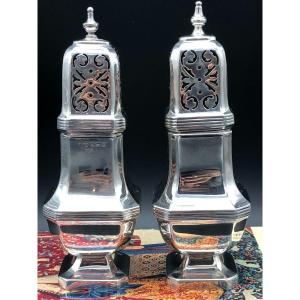
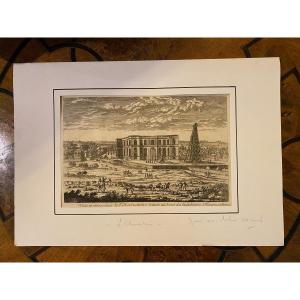




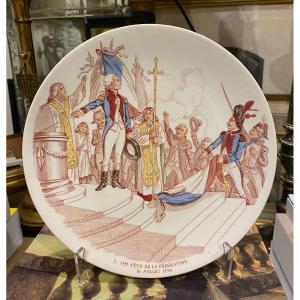


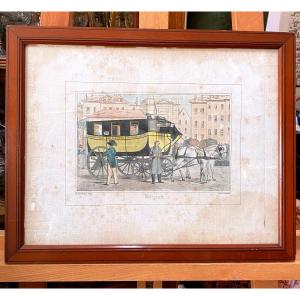
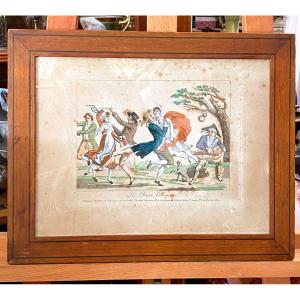




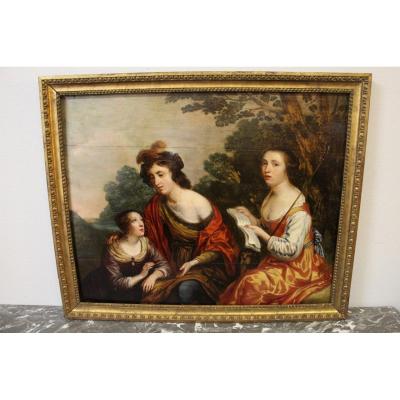
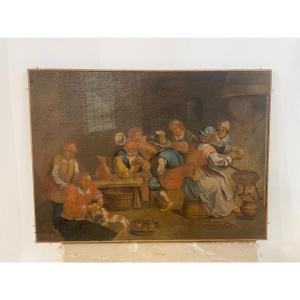
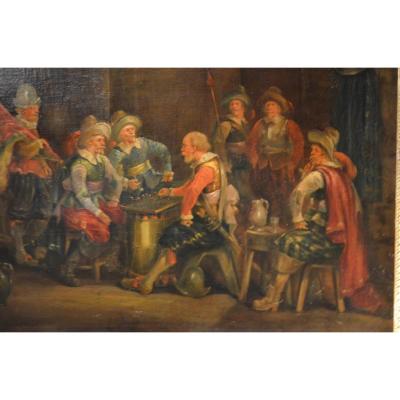



 Le Magazine de PROANTIC
Le Magazine de PROANTIC TRÉSORS Magazine
TRÉSORS Magazine Rivista Artiquariato
Rivista Artiquariato